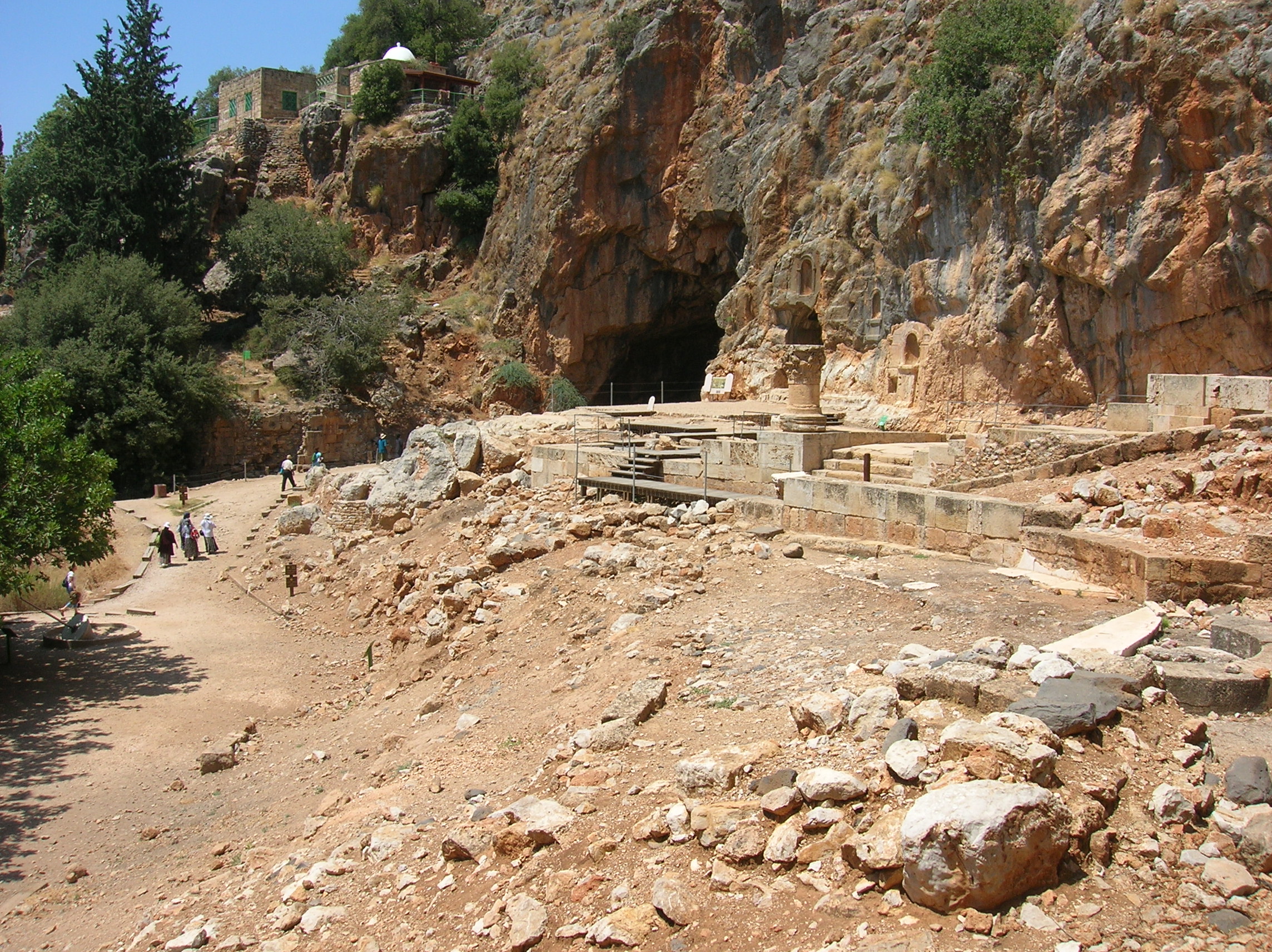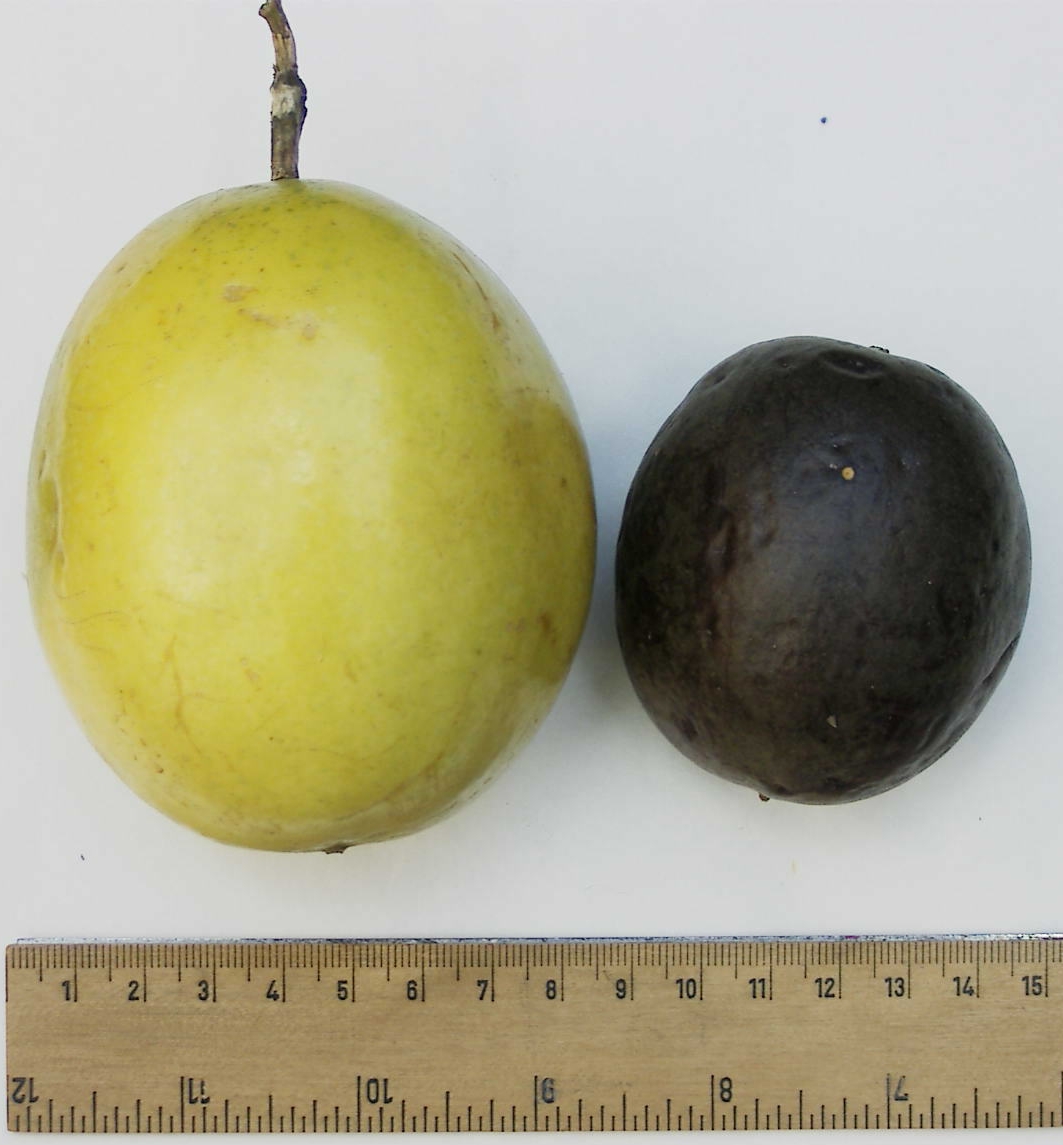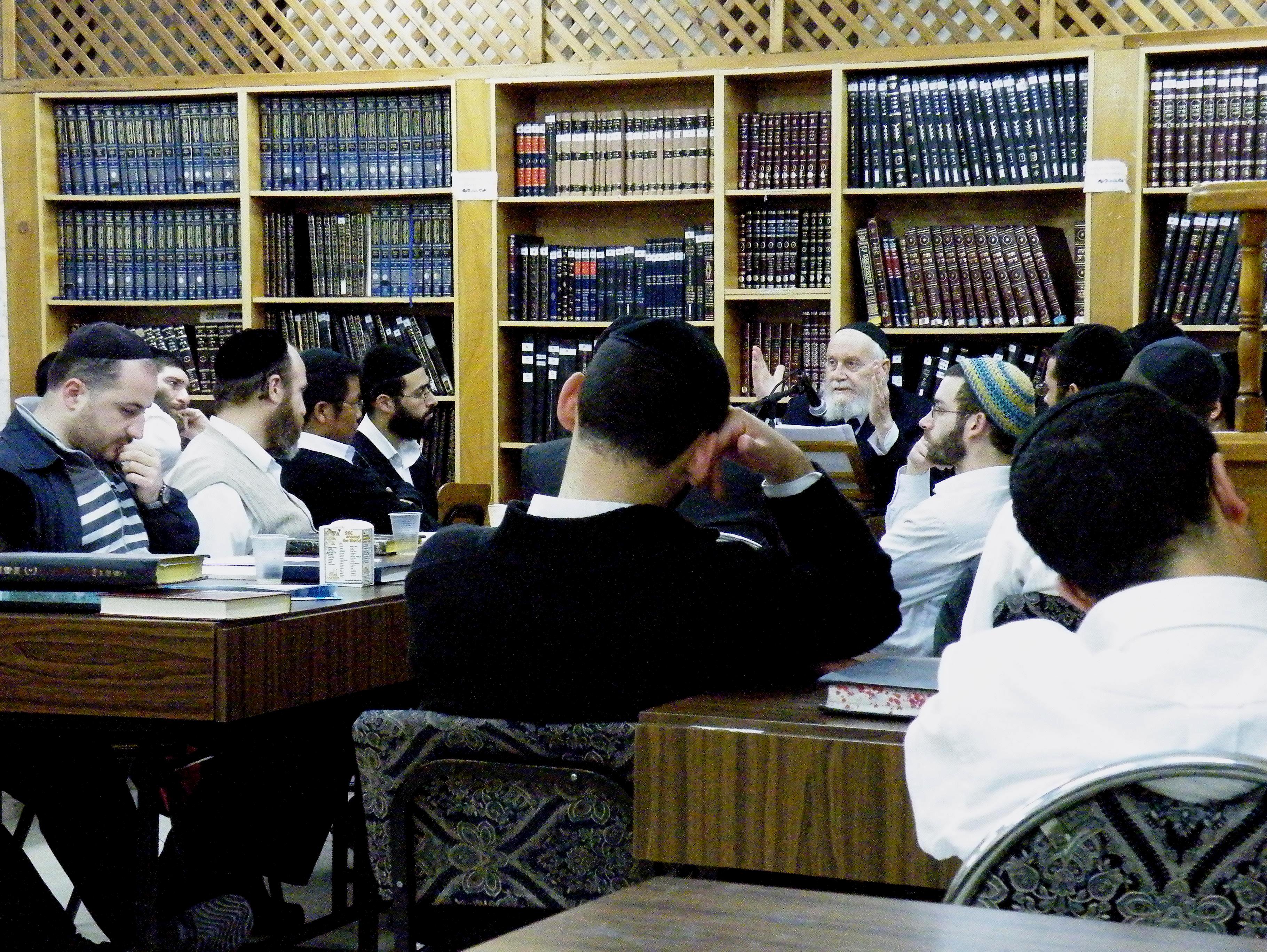|
Yonatan, Golan Heights
Yonatan ( he, יוֹנָתָן) is an Israeli settlement and moshav located in the central Golan Heights. Initially a moshav shitufi, it underwent a privatization process to become a community settlement. The settlement is affiliated with the Hapoel HaMizrachi movement, and is under the jurisdiction of Golan Regional Council. In it had a population of . The international community considers Israeli settlements in the Golan Heights illegal under international law, but the Israeli government disputes this. Etymology The settlement is named after Yonatan Rosenman, who was killed while operating a tank during the Yom Kippur War. History The settlement was founded, together with four other settlements, during Yitzhak Rabin's first term as Prime Minister. The original founding nucleus included people from Yonatan Rosenman's Nahal gar'in. Immediately after the Yom Kippur War the founders including Yonatan's brother, Didi, decided to name a settlement after him and to start an agri ... [...More Info...] [...Related Items...] OR: [Wikipedia] [Google] [Baidu] |
Golan Heights
The Golan Heights ( ar, هَضْبَةُ الْجَوْلَانِ, Haḍbatu l-Jawlān or ; he, רמת הגולן, ), or simply the Golan, is a region in the Levant spanning about . The region defined as the Golan Heights differs between disciplines: as a geological and biogeographical region, the term refers to a basaltic plateau bordered by the Yarmouk River in the south, the Sea of Galilee and Hula Valley in the west, the Anti-Lebanon with Mount Hermon in the north and Wadi Raqqad in the east. As a geopolitical region, it refers to the border region captured from Syria by Israel during the Six-Day War of 1967; the territory has been occupied by the latter since then and was subject to a de facto Israeli annexation in 1981. This region includes the western two-thirds of the geological Golan Heights and the Israeli-occupied part of Mount Hermon. The earliest evidence of human habitation on the Golan dates to the Upper Paleolithic period. According to the Bible, an Am ... [...More Info...] [...Related Items...] OR: [Wikipedia] [Google] [Baidu] |
Israel-Syria Border
The modern borders of Israel exist as the result both of past wars and of diplomatic agreements between the State of Israel and its neighbours as well as colonial powers. Only two of Israel's five total potential land borders are internationally recognized and uncontested, while the other three remain disputed; the majority of its border disputes are rooted in territorial changes that came about as a result of the 1967 Arab–Israeli War, which saw Israel occupy large swathes of territory from its rivals. Israel's two formally recognized and confirmed borders exist with Egypt and Jordan since the 1979 Egypt–Israel peace treaty and the 1994 Israel–Jordan peace treaty, while its borders with Syria (via the Israeli-occupied Golan Heights), Lebanon (via the Blue Line; see Shebaa Farms dispute) and the Palestinian territories (Israeli-occupied land largely recognized as part of the ''de jure'' State of Palestine) remain internationally recognized as contested.Sela, Avraham. ... [...More Info...] [...Related Items...] OR: [Wikipedia] [Google] [Baidu] |
Passiflora Edulis
''Passiflora edulis,'' commonly known as passion fruit, is a vine species of passion flower native to southern Brazil through Paraguay and northern Argentina. It is cultivated commercially in tropical and subtropical areas for its sweet, seedy fruit. The fruit is a pepo, a type of berry, round to oval, either yellow or dark purple at maturity, with a soft to firm, juicy interior filled with numerous seeds. The fruit is both eaten and juiced, the juice often added to other fruit juices to enhance aroma. Etymology The passion fruit is so called because it is one of the many species of passion flower, the English translation of the Latin genus name, ''Passiflora''. Around 1700, the name was given by missionaries in Brazil as an educational aid while trying to convert the indigenous inhabitants to Christianity; its name was ''flor das cinco chagas'' or "flower of the five wounds" to illustrate the crucifixion of Christ, with other plant components also named after an emblem in the ... [...More Info...] [...Related Items...] OR: [Wikipedia] [Google] [Baidu] |
Mango
A mango is an edible stone fruit produced by the tropical tree ''Mangifera indica''. It is believed to have originated in the region between northwestern Myanmar, Bangladesh, and northeastern India. ''M. indica'' has been cultivated in South and Southeast Asia since ancient times resulting in two types of modern mango cultivars: the "Indian type" and the "Southeast Asian type". Other species in the genus ''Mangifera'' also produce edible fruits that are also called "mangoes", the majority of which are found in the Malesian ecoregion. Worldwide, there are several hundred cultivars of mango. Depending on the cultivar, mango fruit varies in size, shape, sweetness, skin color, and flesh color which may be pale yellow, gold, green, or orange. Mango is the national fruit of India, Pakistan and the Philippines, while the mango tree is the national tree of Bangladesh. Etymology The English word ''mango'' (plural "mangoes" or "mangos") originated in the 16th century from the Por ... [...More Info...] [...Related Items...] OR: [Wikipedia] [Google] [Baidu] |
Viniculture
Viticulture (from the Latin word for ''vine'') or winegrowing (wine growing) is the cultivation and harvesting of grapes. It is a branch of the science of horticulture. While the native territory of ''Vitis vinifera'', the common grape vine, ranges from Western Europe to the Persian shores of the Caspian Sea, the vine has demonstrated high levels of adaptability to new environments, hence viticulture can be found on every continent except Antarctica. Duties of the viticulturist include monitoring and controlling pests and diseases, fertilizing, irrigation, canopy management, monitoring fruit development and characteristics, deciding when to harvest, and vine pruning during the winter months. Viticulturists are often intimately involved with winemakers, because vineyard management and the resulting grape characteristics provide the basis from which winemaking can begin. A great number of varieties are now approved in the European Union as true grapes for winegrowing and viticultu ... [...More Info...] [...Related Items...] OR: [Wikipedia] [Google] [Baidu] |
Orchards
An orchard is an intentional plantation of trees or shrubs that is maintained for food production. Orchards comprise fruit- or nut-producing trees which are generally grown for commercial production. Orchards are also sometimes a feature of large gardens, where they serve an aesthetic as well as a productive purpose. A fruit garden is generally synonymous with an orchard, although it is set on a smaller non-commercial scale and may emphasize berry shrubs in preference to fruit trees. Most temperate-zone orchards are laid out in a regular grid, with a grazed or mown grass or bare soil base that makes maintenance and fruit gathering easy. Most modern commercial orchards are planted for a single variety of fruit. While the importance of introducing biodiversity is recognized in forest plantations, it would seem to be beneficial to introduce some genetic diversity in orchard plantations as well by interspersing other trees through the orchard. Genetic diversity in an orchard would pr ... [...More Info...] [...Related Items...] OR: [Wikipedia] [Google] [Baidu] |
Shiur (Torah)
Shiur (, , lit. ''amount'', pl. shiurim ) is a lecture on any Torah topic, such as Gemara, Mishnah, Halakha (Jewish law), Tanakh (Bible), etc. History The Hebrew term שיעור ("designated amount") came to refer to a portion of Judaic text arranged for study on a particular occasion, such as a yartzeit, the dedication of a new home, or the evening of a holiday, and then to a public reading and explanation of the same. The act of teaching and studying these texts at the designated time was known in Yiddish as ''schiur lernen''. These shiurim would be attended by all classes of people; it was traditional for learned attendees to engage the lecturer in continuous discussion, and for the larger lay audience to listen intently. Concurrently, the word came to refer to the daily study quotient for students of a yeshiva, and then to the lecture given thereon. Akiva Eger, for example,would not miss learning a single ''shiur'' with the yeshiva. His ''shiurim'' with them were ... [...More Info...] [...Related Items...] OR: [Wikipedia] [Google] [Baidu] |
Bnei Akiva
Bnei Akiva ( he, בְּנֵי עֲקִיבָא, , "Children of Akiva") is the largest religious Zionist youth movement in the world, with over 125,000 members in 42 countries. It was first established in Mandatory Palestine in 1929. History Bnei Akiva was established on Lag BaOmer 1929 as the youth wing of the Mizrachi movement. Concurrent with the establishment of the movement in pre-independence Israel, organizations of religious youth operated in the Diaspora. In 1958, the Israeli and Diaspora groups merged to form the modern World Bnei Akiva, which operates both in and out of Israel for Diaspora youth, along with Bnei Akiva Israel, which operates in Israel for Israeli youth. Ideology Bnei Akiva's objectives are to educate Jewish youth with values of Torah and work, to provide stimulating experiential and informal opportunities for encountering Judaism, and to encourage Jewish continuity and leadership. Bnei Akiva's twin ideals of ''Torah'' and ''Avodah'' translate to reli ... [...More Info...] [...Related Items...] OR: [Wikipedia] [Google] [Baidu] |
Carmiel
Karmiel ( he, כַּרְמִיאֵל) is a city in northern Israel. Established in 1964 as a development town, Karmiel is located in the Beit HaKerem Valley which divides upper and lower Galilee. The city is located south of the Acre-Safed road, from Safed and from Ma'alot-Tarshiha and from Acre. In Karmiel had a population of . History In 1956, about of land in the area that is now Karmiel, owned by residents of the nearby Israeli Arab villages of Deir al-Asad, Bi'ina and Nahf, were declared "closed areas" by Israeli authorities. This area, near the main road between Acre and Safed, had been an important marble quarrying site. In 1961, the Israeli authorities expropriated the land to build Karmiel. The villagers offered "equally good land" in the area, but when Moshe Sneh (Maki) and Yusef Khamis (Mapam) brought the case to the Knesset on behalf of the villagers, the Knesset established that there was no such land. According to the Haredi newspaper She'arim, about (394 lots) ... [...More Info...] [...Related Items...] OR: [Wikipedia] [Google] [Baidu] |
Tsfat
Safed (known in Hebrew as Tzfat; Sephardic Hebrew & Modern Hebrew: צְפַת ''Tsfat'', Ashkenazi Hebrew: ''Tzfas'', Biblical Hebrew: ''Ṣǝp̄aṯ''; ar, صفد, ''Ṣafad''), is a city in the Northern District of Israel. Located at an elevation of , Safed is the highest city in the Galilee and in Israel. Safed has been identified with ''Sepph,'' a fortified town in the Upper Galilee mentioned in the writings of the Roman Jewish historian Josephus. The Jerusalem Talmud mentions Safed as one of five elevated spots where fires were lit to announce the New Moon and festivals during the Second Temple period. Safed attained local prominence under the Crusaders, who built a large fortress there in 1168. It was conquered by Saladin 20 years later, and demolished by his grandnephew al-Mu'azzam Isa in 1219. After reverting to the Crusaders in a treaty in 1240, a larger fortress was erected, which was expanded and reinforced in 1268 by the Mamluk sultan Baybars, who developed Saf ... [...More Info...] [...Related Items...] OR: [Wikipedia] [Google] [Baidu] |
Tiberias
Tiberias ( ; he, טְבֶרְיָה, ; ar, طبريا, Ṭabariyyā) is an Israeli city on the western shore of the Sea of Galilee. A major Jewish center during Late Antiquity, it has been considered since the 16th century one of Judaism's Four Holy Cities, along with Jerusalem, Hebron, and Safed. In , it had a population of . Tiberias was founded circa 20 CE by Herod Antipas and was named after Roman emperor Tiberius. It became a major political and religious hub of the Jews in the Land of Israel after the destruction of Jerusalem and the desolation of Judea during the Jewish–Roman wars. From the time of the second through the tenth centuries CE, Tiberias was the largest Jewish city in the Galilee, and much of the Mishna and the Jerusalem Talmud were compiled there. Tiberias flourished during the early Islamic period, when it served as the capital of Jund al-Urdunn and became a multi-cultural trading center.Hirschfeld, Y. (2007). Post-Roman Tiberias: between East and We ... [...More Info...] [...Related Items...] OR: [Wikipedia] [Google] [Baidu] |
Hatzor
Hatzor ( he, חָצוֹר), officially Hatzor Ashdod, is a kibbutz in southern Israel. Located near Ashdod, it falls under the jurisdiction of Be'er Tuvia Regional Council. In it had a population of . Etymology The kibbutz is named after a biblical city in the territory of the Tribe of Judah called Hatzor (Joshua 15:23). The extended name ''Hatzor Ashdod'' is to distinguish between this kibbutz and the Galilean town of Hatzor HaGlilit, although the kibbutz is best known as simply "''Hatzor''".Carta's Official Guide to Israel and Complete Gazetteer to all Sites in the Holy Land. (3rd edition 1993) Jerusalem, Carta, p.193, (English) History Before the establishment of the kibbutz The gar'in of the kibbutz was founded by a group of Hashomer Hatzair graduates from Mandatory Palestine who gathered at Mishmar HaEmek in 1936. It was named as ''Kibbutz Eretz Israeli Gimel'' (Gimel is the third letter of the Hebrew Alphabet). In 1937, the members left Mishmar HaEmek and moved ... [...More Info...] [...Related Items...] OR: [Wikipedia] [Google] [Baidu] |










.jpg)
